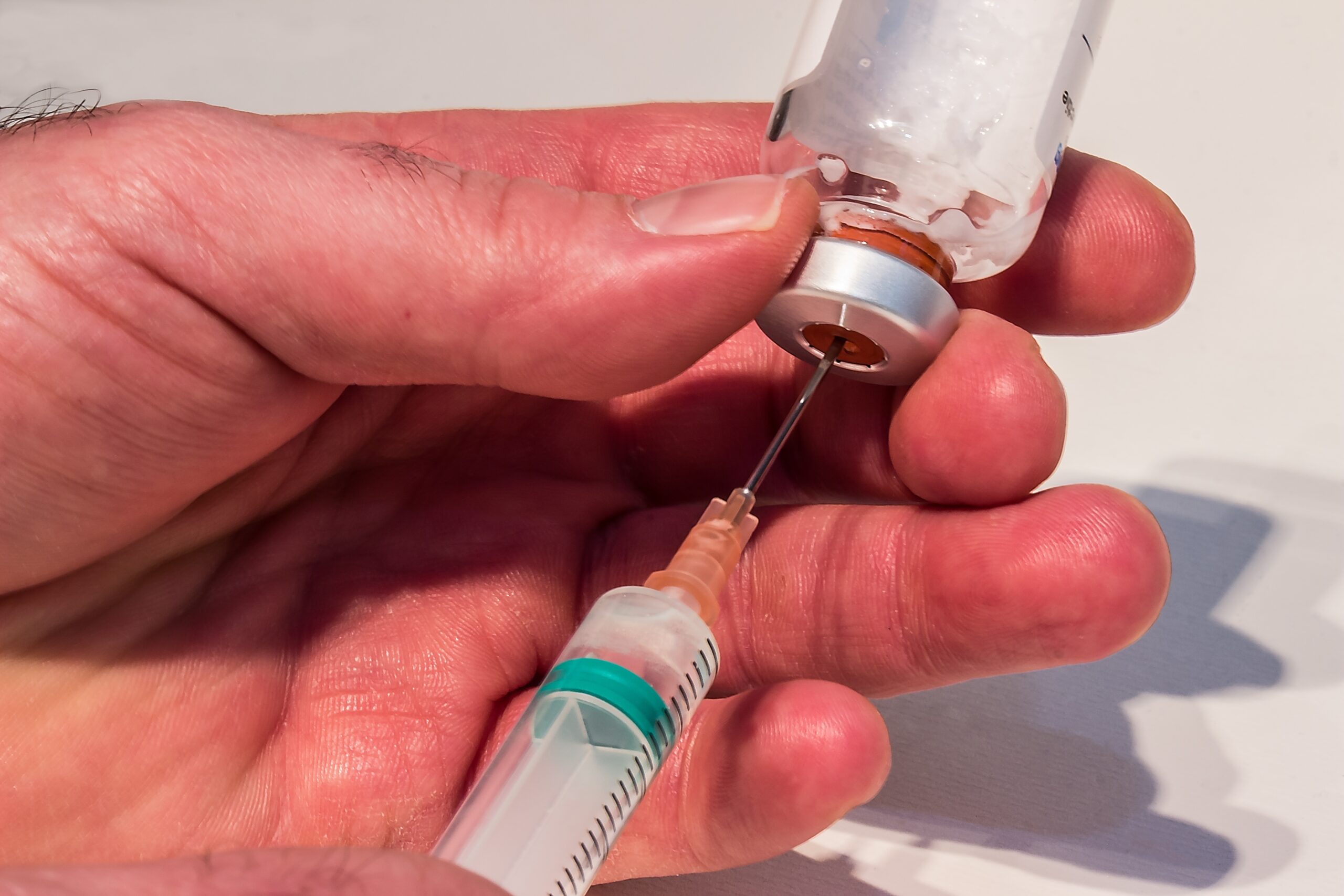A GROUNDBREAKING treatment based on research by Spanish scientists has helped children born with incurable deafness hear for the very first time – a discovery hailed as a breakthrough toward curing genetic hearing loss.
In a clinical trial involving 12 children aged between 10 months and 16 years, 11 participants began to hear sounds within weeks of receiving the therapy – with three of them recovering completely normal hearing and even responding to whispers and quiet voices.
Before the treatment, participants could not perceive any sounds quieter than 90 decibels — roughly the volume of a chainsaw or a motorcycle engine.
Now, many of them will likely never need hearing aids, experts believe.
READ MORE: Almost a quarter of children have trouble sleeping and a third are scared of rain – a year after Valencia flood disaster
The therapy, called DB-OTO, was created by US pharmaceutical company Regeneron, based on more than two decades of genetic research carried out by Spanish scientists.
It targets a rare mutation in the OTOF gene, which prevents the inner ear’s hair cells from sending sound signals to the brain.
By injecting a working copy of the faulty gene directly into the cochlea – the delicate spiral-shaped structure of the inner ear – doctors were able to restore the cells’ ability to process sound.
The procedure is done just once and takes only a few hours, but the results have been life-changing.
READ MORE: Andalucia has the highest rate of deaths from cardiovascular diseases – Spain’s biggest killer
Parents described emotional moments when their children reacted to sounds for the first time – turning their heads to voices, clapping, or smiling when they heard their names. In several cases, speech development began soon after treatment.
Paula Rio, president of the Spanish Society of Gene and Cell Therapy, told El Pais: “The results are truly impressive and mark a milestone in the field of gene therapy for hearing loss.”
Experts say the discovery could transform the outlook for many families affected by genetic deafness.
Although the OTOF mutation accounts for only a small number of congenital deafness cases, scientists believe the same approach could be adapted to target other defective genes – such as GJB2, one of the most common causes of inherited hearing loss worldwide.
READ MORE: Sufferers of agonising ‘Butterfly Skin’ in Spain denied access to revolutionary new gene therapy – after it’s made available in France, Italy, and Germany
Researchers are now monitoring the children to make sure the effects are long-lasting and safe.
Early results suggest the therapy is stable, but more time is needed before it can be approved for wider use.
“The results are very promising,” Rio added, “but we must wait for long-term data before talking about a permanent cure.”
The Spanish contribution to the project came mainly from teams at Hospital Niño Jesus in Madrid and the University of Navarra, whose genetic research laid the foundation for the therapy.
Their work is now inspiring similar studies across Europe and the United States, raising hopes that hearing loss caused by other genetic defects could soon be treated in the same way.
The results were published in early October in the New England Journal of Medicine – one of the world’s leading medical publications.
If future trials confirm its success, DB-OTO could become the world’s first approved gene therapy for congenital deafness – and a life-changing opportunity for thousands of children who have never been able to hear a single sound.
Click here to read more Health News from The Olive Press.





